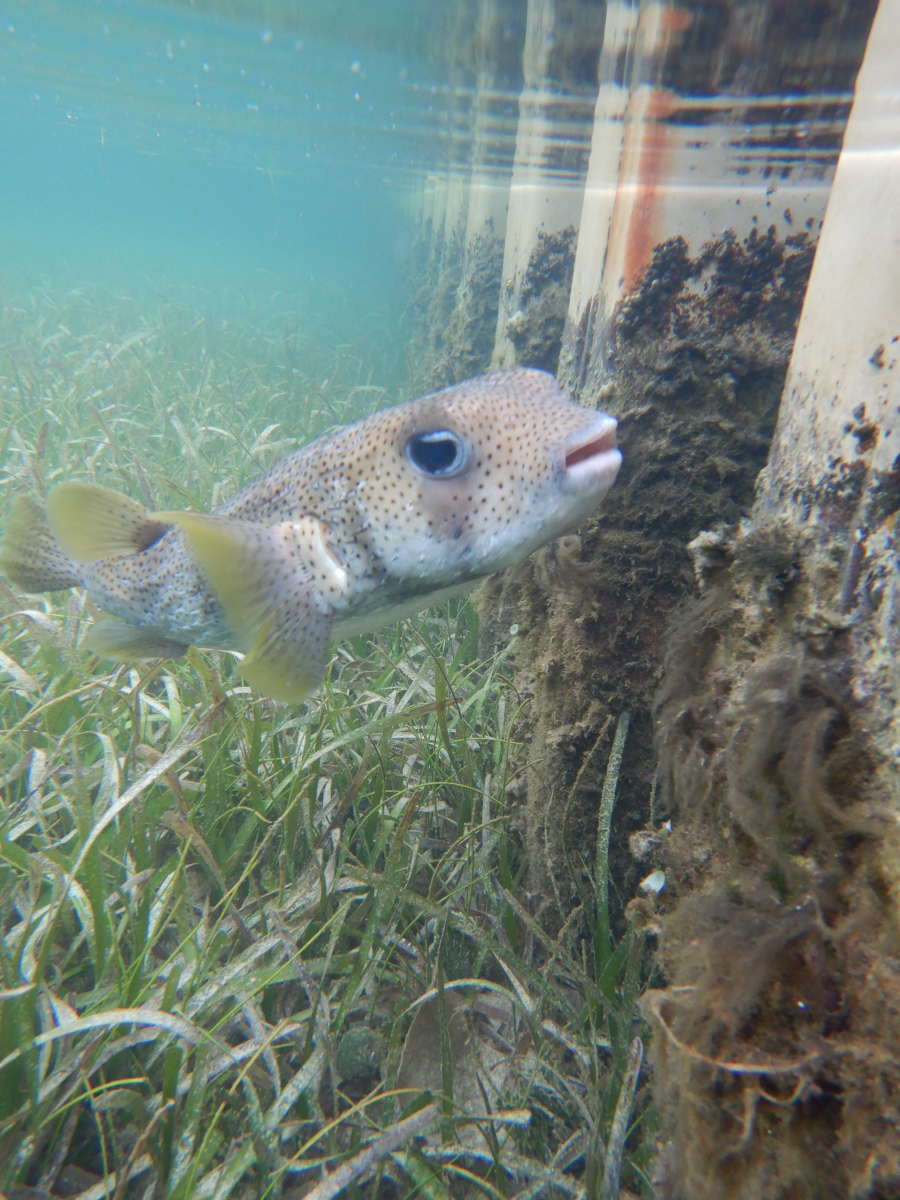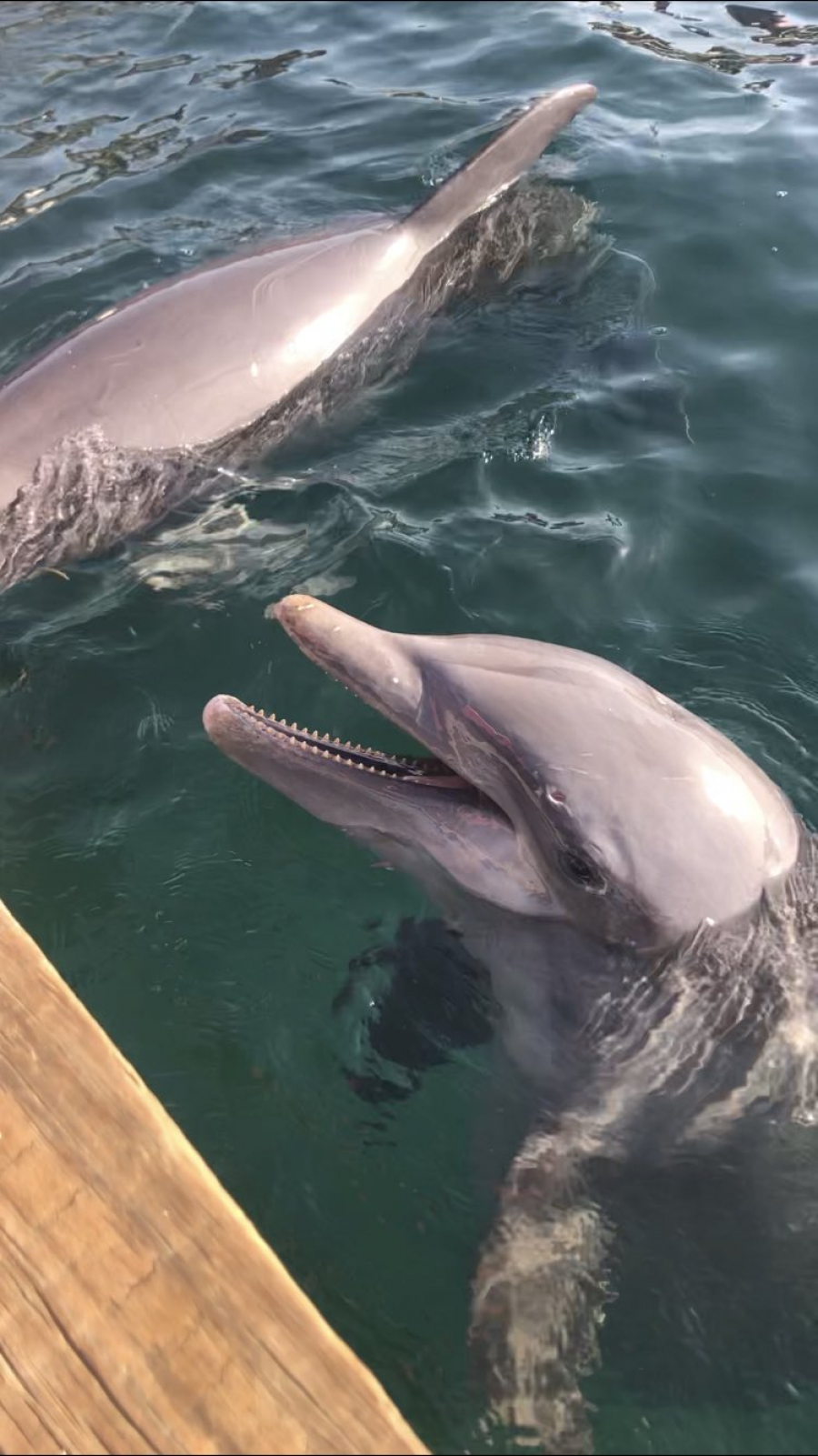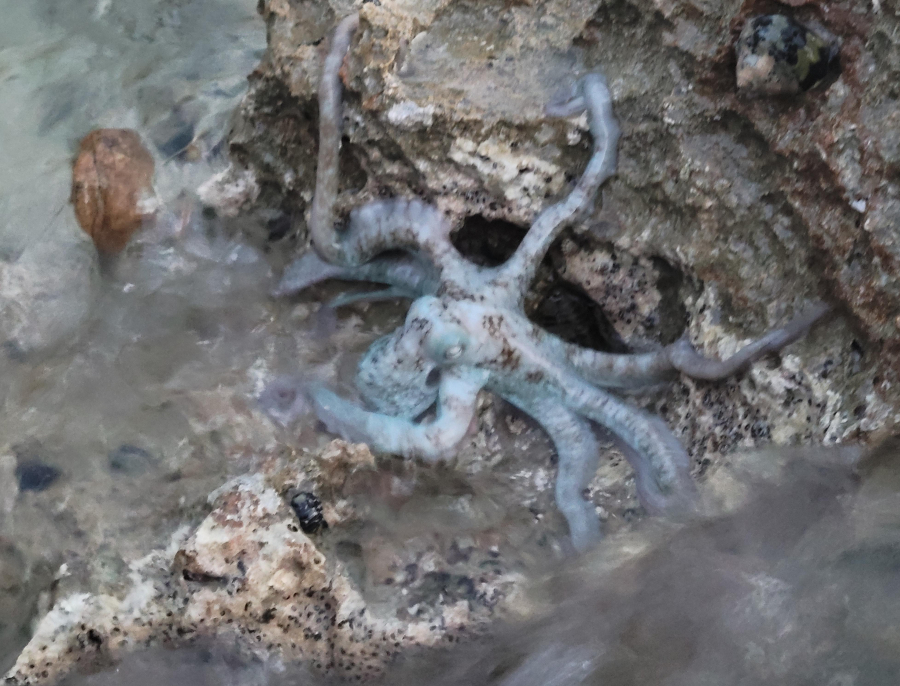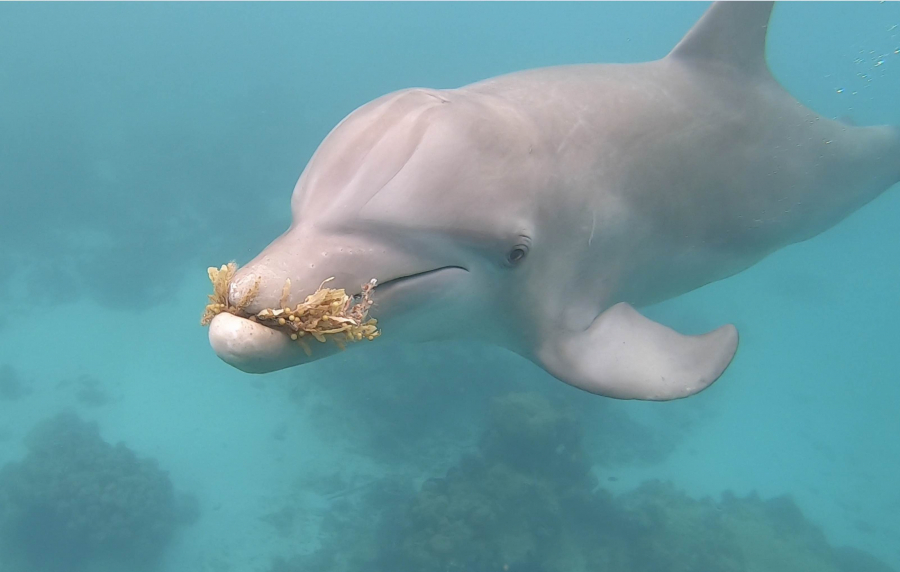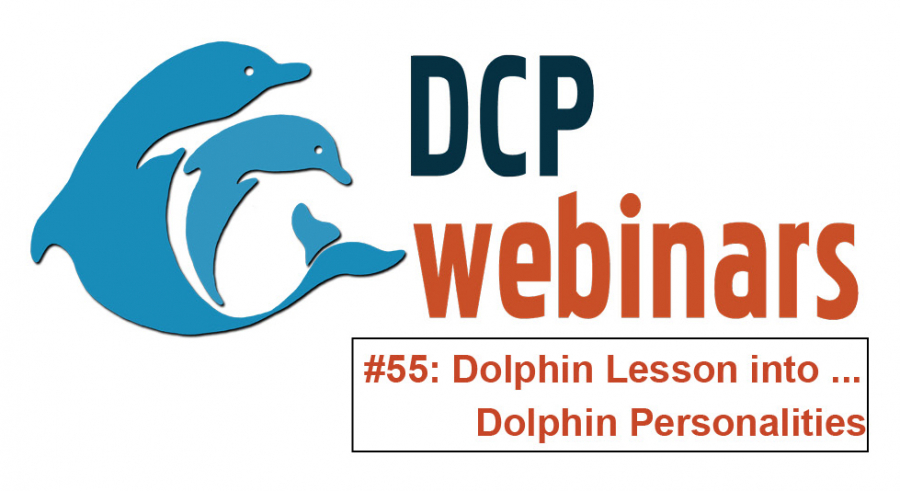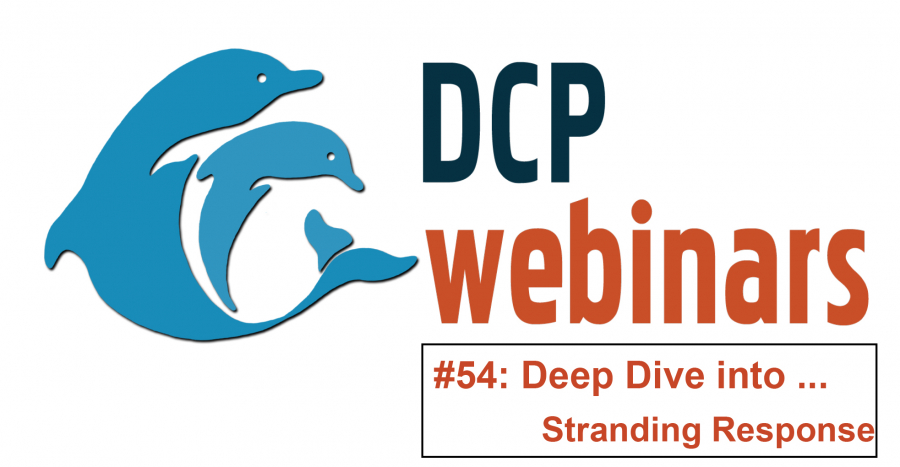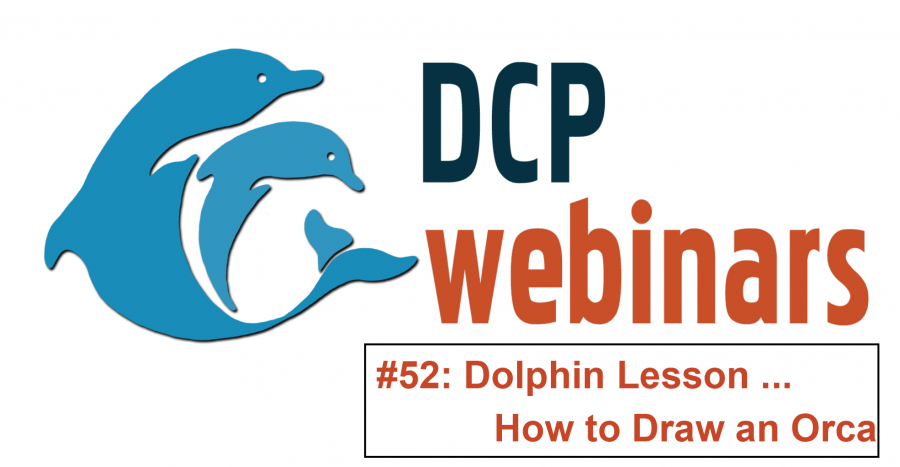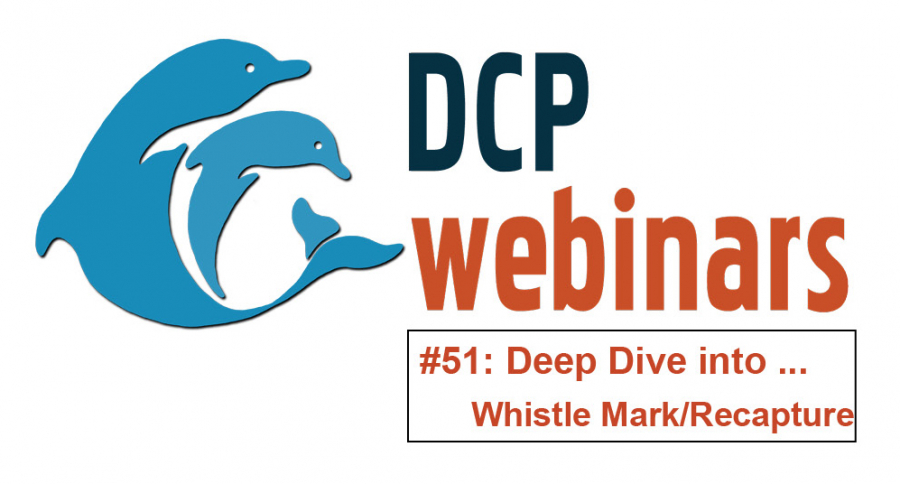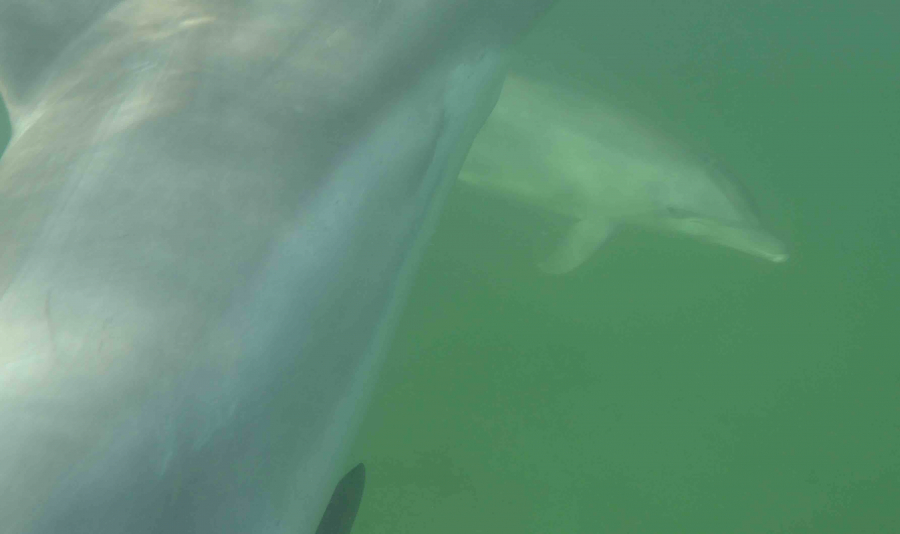Of course, the day began as a typical Monday, even in the field. Manon and Kathleen got locked out of their room – before getting the gear (MVA, data sheets, snorkel gear) for our early morning observation session and data collection.
Tag: older content
Happy Father’s Day!
We have another set of observations from our student group.
Brittany: incredibly long day but incredibly interesting day. It was really cool being able to see the dolphins in the morning and how active they were. And it was awesome to go snorkeling and see all the fish and coral.
Our first day on Roatan at AKR!
Our first blog entry is everyone’s impressions of the day.
Emily: I’d been to Honduras before but not to this tropical of an area so when I got here it was amazing to see all the trees and the beauty. When we arrived at the resort, my favorite part was meeting the dolphins and seeing how playful they are.
Sarai: I really value biodiversity with people, animals, and plants. And, getting to see something in person is very different from seeing it on a screen – e.g., dolphins. Seeing them up close is very different.
Travel Prep, Packing, Last Minute Details
The week before travel (especially field research and field courses) always feels hectic, even when extra time is set aside to pack, prepare, and just get ready for two weeks of data collection and field courses! This week has been no different. And, the added logistics related to Covid-19 negative tests, vaccination cards, and pre-check registration(s) had all of us double checking our packing lists and paperwork (multiple times!)!
Shane and I coordinated with the CSU student group (who you’ll meet in tomorrow’s blog post) to get everyone’s precheck documentation completed, and to answer any last minute questions.
DCP Dolphin Lesson: Dolphin Personalities
In this Dolphin Lesson, DCP’s friend Dr. Erin joins again! She discusses questions like: Do dolphins have personalities? How do researchers find out? What types of personality characteristics have we seen in dolphins? How does that compare to what personality traits we use to describe humans?
Dolphin Lessons are geared toward ages 6-13, but everyone is welcome.
DCP Deep Dive: Investigating Strandings in the Sarasota, FL Area
*Content warning: images of stranded or dead animals and/or necropsies may be shown during this talk. Examples of animals who did not survive their stranding or injury may be discussed.*
In this Deep Dive, Amber Lea Kincaid, a stranding biologist with Mote Marine Laboratory’s Stranding Investigations Program discusses how Mote responds to sick, injured, distressed, and deceased marine mammals and sea turtles in Sarasota, FL, and the surrounding area.
DCP Deep Dive: Driver-barrier foraging–a cooperative technique
In this Deep Dive, Becca Hamilton discusses Driver-Barrier foraging, a unique cooperative foraging tactic used by certain members of the bottlenose dolphin population in Cedar Key, Florida.
DCP Dolphin Lesson: How to Draw the Biggest Dolphin – an Orca!
In this Dolphin Lesson, Raina guides participants through drawing an orca (aka killer whale), the largest member of the dolphin family. With orca facts thrown in along the way, this lesson will be fun for young and young at heart!
You can simply watch along, or grab paper and a pencil/pen or a drawing tablet to try your hand at drawing an orca!
Dolphin Lessons are geared toward ages 6-13, but everyone is welcome.
DCP Deep Dive: Monitoring dolphins using whistles
In this Deep Dive, Emma Longden discusses using bottlenose dolphins’ signature whistles – an individually unique whistle, a bit like a dolphin name – to count the number of individuals in a population. After all, dolphins use a variety of sounds for communication, feeding, and navigation.
TGIF – Playful Dolphins and Poor Underwater Visibility
Our last day of data collection began well with a light breeze and little surface chop. Sadly, the underwater visibility was not great – very silty, green water with lots of suspended particulates. Kathleen was able to collect about 25 minutes of video and watched Elli and Lenca play a bit and circled close to Kathleen and the MVA (pictured). Bailey swam by and echolocated on the MVA and Kathleen.

